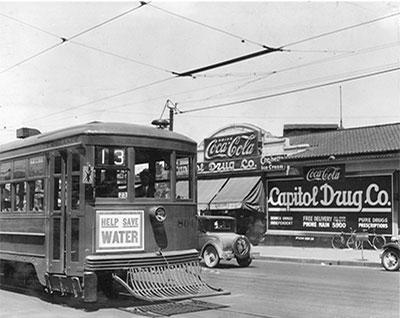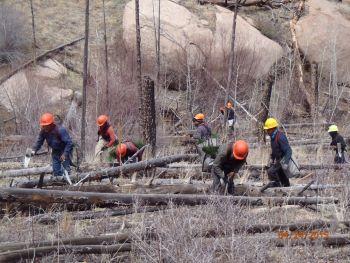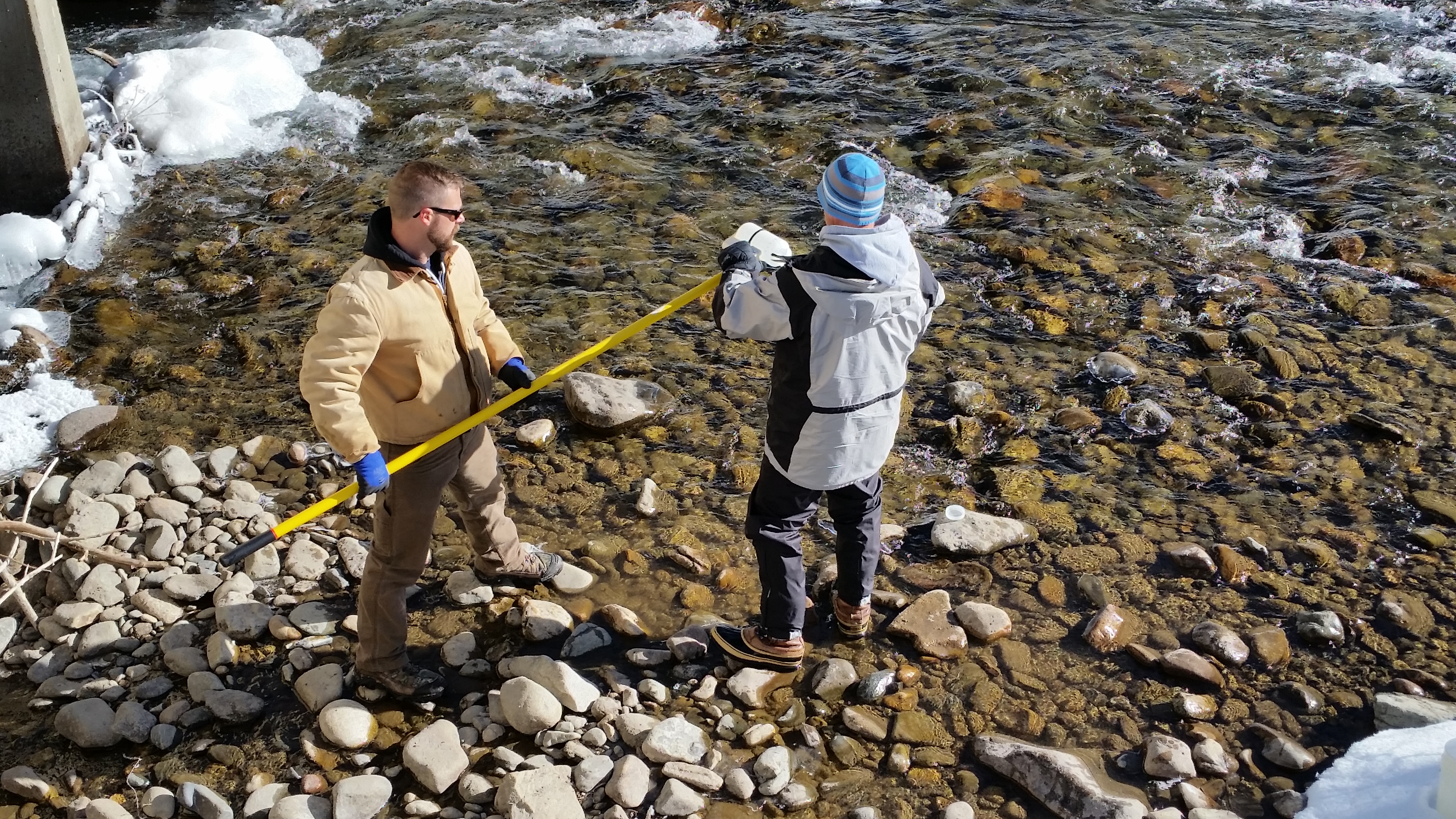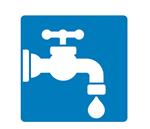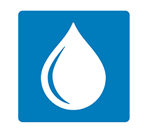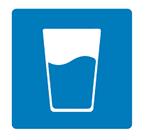Creating a culture of conservation in Denver dates back to 1934 when Denver Water put messaging on street trolleys to educate the community about saving water. The modes of transportation have changed but the message remains the same as does our operational commitment to using this precious resource wisely. Denver Water ensures a continuous supply of water to 25% of Colorado's population with only 2% of the state's water supply. We continue to explore further conservation opportunities through technical, policy and behavioral adaptation.
Water goals that have been met
- Water reuse and the concept of One Water is integral to Denver Water operations, including recycled water operations for customers and an on-site blackwater treatment system at the main Operations Complex.
- Organizational water usage is reported against site budgets, which are set based on facility and grounds size, occupants and use type.
- All major irrigated sites on Denver Water property have central control systems.
Current initiatives
ReUse For Us (RUFUS) Water Recycling
A major part of our One Water strategy is the Water Recycling System in the Administration Building, which employees named RUFUS. It stands for ReUse For Us, and it will treat wastewater from the Administration Building through a multi-stage treatment system to meet the highest state standards for recycled water. That treated water then will be reused for toilet flushing and landscape irrigation at the Administration Building.
The most noticeable portion of RUFUS is the wetlands in the lobby and behind the Administration Building. The three, large basins include plants and rock in the top with treated water running underneath.
From Forests to Faucets
Healthy forest lands help ensure high-quality water is delivered to our reservoirs. Trees, shrubs and grasses naturally filter precipitation before the water reaches streams and rivers. Forests must be cared for over time to sustain these functions. Proper forest management helps enhance forest resilience to fire, insects and disease.
Investments in proactive forest management by Denver Water have already proved successful at protecting our watershed. In June of 2018, a wildfire broke out in Silverthorne, Colorado. With red flag drought conditions, a wildfire in the area would have caused $913 million in damages from the loss of homes and infrastructure. Instead, firefighters were able to aggressively combat the flames from fuel breaks implemented through From Forests to Faucets funding. No homes were lost from the wildfire.
Lead Reduction Program
Denver Water is committed to delivering safe water to our customers. The water that we provide to homes and businesses is lead-free, but lead can get into the water as it moves through lead-containing household fixtures, plumbing and water service lines — the pipe that brings water into the home from the main in the street — that are owned by the customer.
The Lead Reduction Program was approved in December 2019 by the Environmental Protection Agency and Colorado Department of Public Health and Environment. The program has five main components:
- pH adjustment: Increasing the pH level of the water to reduce the risk of lead and other metals getting into drinking water from lead service lines or household plumbing.
- Inventory: Developing and maintaining a publicly accessible inventory of all customer-owned lead service lines in Denver Water’s service area. The service line is the pipe that brings water into the home from the main in the street.
- Lead service line replacement: Replacing all of these lead service lines with copper lines at no direct charge to the customer.
- Filter program: Providing a free water pitcher, filter and replacement filters, certified to remove lead, to all customers suspected of having lead services lines until six months after their line is replaced.
- Ongoing: Communication, outreach and education programs.
In pictures
Planning for our future
Water Use
Goals:
- Reduce Denver Water facility irrigation by meeting LEED standards for low water use by 2025.
- Reduce Denver Water facility water use by meeting LEED fixture standards by 2025.
Commitments:
- Include water-saving fixtures and applicable irrigation controls on all new construction and renovations.
- Continuously improve water budget and reporting to include Denver Water facilities outside of Denver Water service area.
- Include community education about leading-edge water best practices at all Denver Water facilities with public interface.
Water Supply
Standard:
- Develop policy with regional and state agencies that allows and encourages One Water implementation.
View the One Water Plan.
Water Quality and Treatment
Goal:
- Install real-time watershed water quality monitoring units at 15 sites by 2025.
Commitment:
- Remove customer-owned lead service lines from distribution system through current Lead Reduction Program and when encountered.

